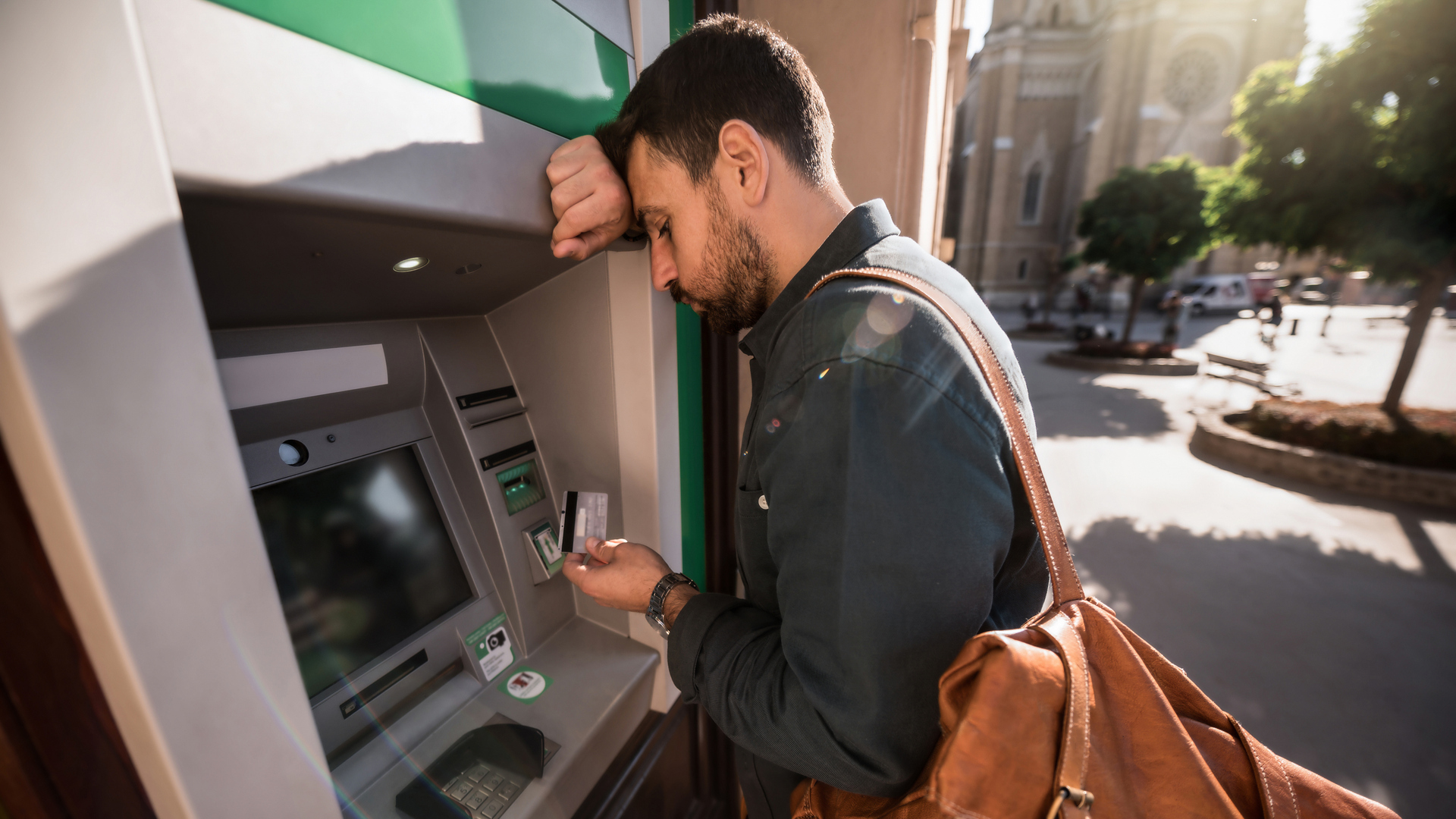
In the current economic conditions, where inflation has kept prices high and interest rates are slow to budge, every dollar feels like it disappears faster. You’re not just paying more for groceries, gas and housing, you’re also paying more to borrow the money that covers them.
Find Out: Dave Ramsey Says This is the Best Way to Pay Off Debt
Read Next: 7 Luxury SUVs That Will Become Affordable in 2025
That double hit can drain your bank account and your peace of mind, leaving many Americans feeling like they’re working harder just to stand still.
If you’re considering taking on new credit debt to ease your finances, experts explained why it’s not a good idea to take it on if inflation rises in 2026.
Everything Costs More
When inflation is high, you’re already paying more for everything, from groceries to gas and housing, according to Joseph Camberato, CEO of NationalBusinessCapital.com.
“If you have to borrow, you’re borrowing more dollars just to cover the same expenses.” Bigger loans means paying more in interest, too.
Learn More: The $50 Mistake Warren Buffett Says Everyone Should Avoid
Inflation Adds Stress
High inflation also does much more than increase the numbers on a statement. “It presses on every emotional bruise money has ever left,” according to Michele Paiva, finance therapist at The Finance Therapist
She hears from people reporting “lying awake at night wondering how to keep food on the table, trying to smile through family dinners while silently calculating which bill they can pay late, and feeling their chest tighten every time a payment reminder pops up on their phone.”
Debt during high inflation then adds more emotional stress, “pulling you further from peace of mind,” Paiva said.
Interest Rates Feel More Expensive
In practical terms, interest rates often rise alongside inflation, so the cost of carrying a balance grows heavier with every month, Paiva said. “A $10,000 credit card balance that once cost $150 in interest can suddenly demand $250 or more, forcing families to sacrifice groceries, fuel or medication just to keep up with the minimum payment.”
Indeed, Camberato said that right now, “interest rates are the real killer.” While inflation has cooled (which just means it isn’t rising as fast as before), rates are still “sky-high,” he pointed out. “Until we see real rate cuts, consumers at every income level are going to feel squeezed.”
Loans and Credit Also Cost More
With interest rates high, every type of loan costs more, including credit cards, mortgages, car loans and student loans, Camberato said.
The higher the rate, the more your monthly payment goes toward interest instead of paying down the balance.
“And early in most loans, interest is front-loaded, which means for the first year or two you barely chip away at what you owe.”
Your Payments Skyrocket
With the cost of goods remaining high, it also means you need to borrow more to buy the same thing, Camberato pointed out.
“Pair that with high interest rates, and your monthly payment jumps. It’s not just the size of the loan, it’s the fact you’re paying more interest on a bigger number. That’s why so many people are feeling like they’re just treading water.”
It Can Dig You Deeper Into Debt
Credit cards and personal loans can be dangerous if you’re using them to cover everyday expenses instead of something that’s going to make you money, Camberato said.
“That’s when people get trapped, they’re making payments without a real plan to pay it down or boost their income. If you’re borrowing, it should be tied to a clear payoff strategy. Otherwise, you’re just digging a deeper hole.”
High Costs Are Slow To Come Down
Since inflation rarely reverses in a way that meaningfully lowers everyday expenses, any debt taken on in this climate could become a greater burden later.
“Someone financing a new car today while assuming utility bills or grocery prices will ‘go back down’ is often met with the harsh reality of paying high living costs and a fixed loan for years, with no reprieve in sight,” Paiva said.
It Creates a Scarcity Mindset
Borrowing during inflation often comes from a place of fear or scarcity, Paiva said. “I’ve sat with clients who took personal loans to cover rising expenses instead of pausing to rework their budget or tap community resources.”
In addition to higher monthly payments, Paiva said her clients “carried the weight of regret,” and a sense “that they are paying for yesterday’s decisions in a present that already feels too tight.”
Consider Loans Over Credit
Still, if borrowing becomes truly necessary, Paiva said there is a “psychological advantage to choosing a structured loan over revolving credit.”
For one thing, a loan offers a defined end point, “which can feel like a mental doorway out of debt.” Credit cards, on the other hand, “keep the exit to security blurry and the balance open-ended.”
Before taking on more credit debt, Paiva recommended asking: “Is this debt giving me breathing room, or is it quietly taking it away?”
More From GOBankingRates
- Rachel Cruze: The Real Reason Couples Fight About Money
- 6 Best Items Retirees Should Buy at Costco During Labor Day
- 4 Things You Should Do When Your Salary Hits $100K
- 4 Affordable Car Brands You Won't Regret Buying in 2025
This article originally appeared on GOBankingRates.com: Experts Warn: Avoid Taking on New Credit in 2026 Under High Inflation







